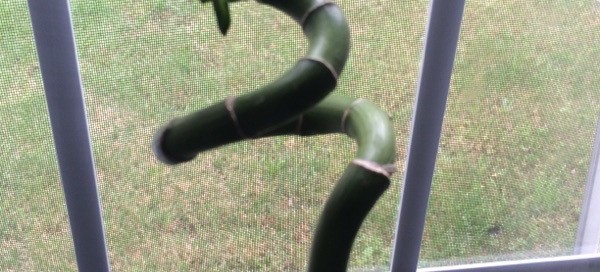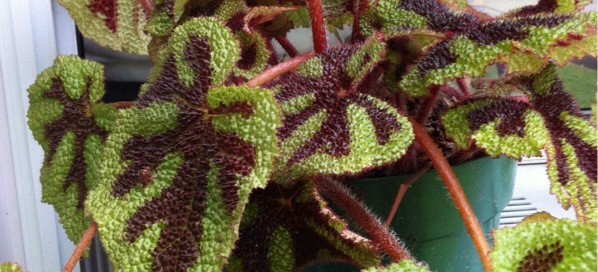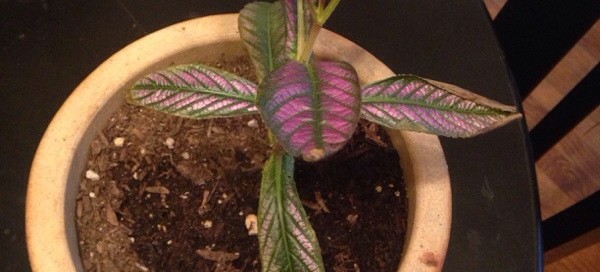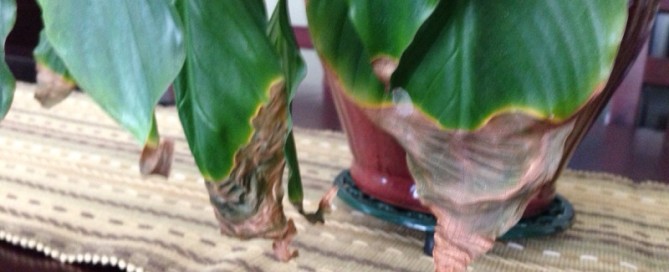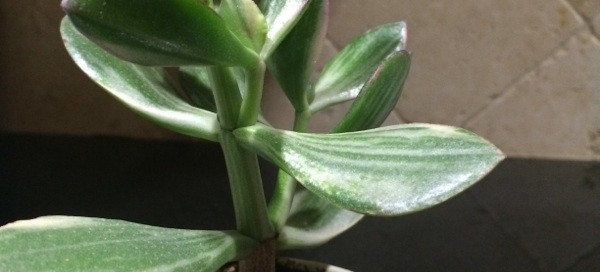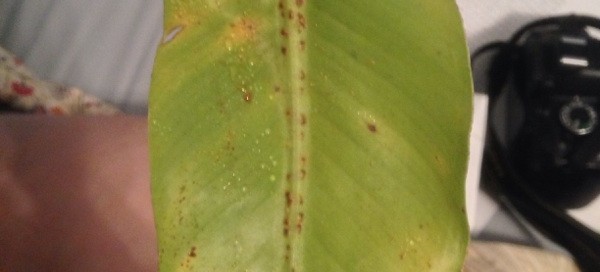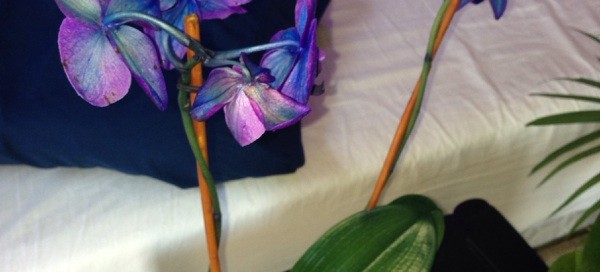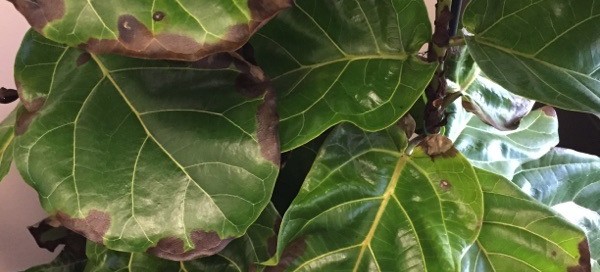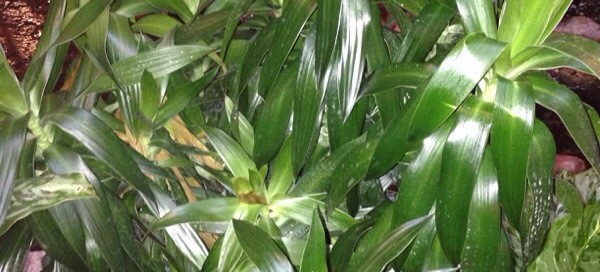Lucky Bamboo
This appears to be a "Lucky bamboo" - an easy care houseplant that isn't a bamboo at all. It can survive in many indoor conditions, but indirect lighting is best as direct sunlight can cause the leaves to turn yellow and burn. Water when the soil starts to get dry but before it's completely dry, and fertilize once a month with the fertilizer of your choice used according to directions and/or use a slow release pelletized fertilizer made for houseplants. When the plant
gets too tall and "leggy" it's easy to clip off some of the tops, cutting off about 8" pieces, and
rooting them in a glass of water. The remaining stems should leaf out lower down on the plant and the rooted cuttings can either be put in the same pot around the original plant or in a new pot.
